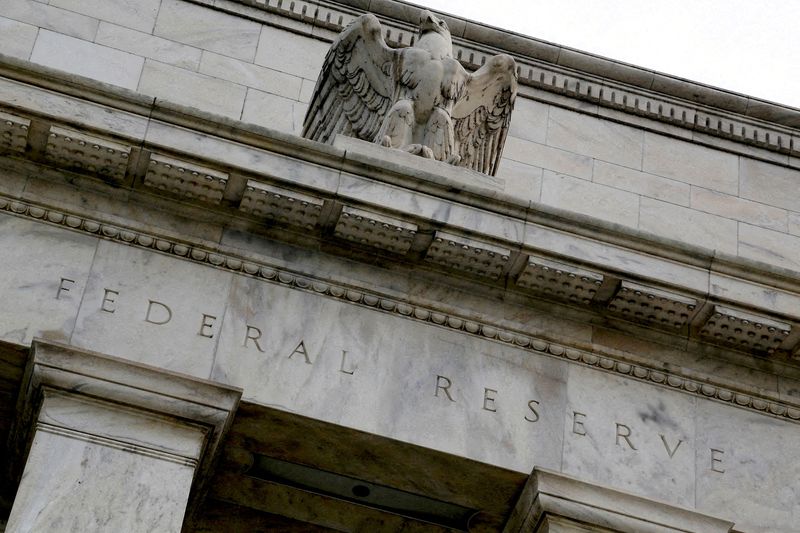Fed’s reverse repo drops to lowest in over 3 years
2024.08.05 18:53
By Gertrude Chavez-Dreyfuss and Dan Burns
NEW YORK (Reuters) – The New York Federal Reserve said it accepted $316.246 billion submitted to its overnight reverse repo facility on Monday, the lowest since May 2021.
That was down from $338.473 billion on Friday.
Analysts said investors may have pulled their money from the reverse repo market and placed cash in the overnight repo market, where banks and financial firms such as hedge funds borrow short-term cash using Treasuries or other debt securities as collateral.
“As investors sell off risk assets, they typically move into cash, which generally gets invested in the repo market,” said Scott Skyrm, executive vice president for fixed income and repo at broker-dealer Curvature Securities in New York.
Reverse repos, on the other hand, are conducted by the New York Fed’s Open Market Trading Desk and is a key tool to manage short-term rates. In a reverse repo, market participants lend cash to the Fed, usually overnight, at an interest rate of 5.30%, in exchange for Treasuries or other government securities, with a promise to buy them back.
Lou Crandall, chief economist at money market research firm Wrightson, said there were likely “increased market funding needs following Friday’s rally (in Treasuries)”, which provided money funds an incentive to place their cash in private repos.
The move into repos amid a stocks meltdown, as opposed to the Fed’s reverse repo facility, was likely the reason for some softness in repo rates on Monday, Curvature’s Skyrm said, adding that lower repos could continue all through this week.
Still GC repo rates are still higher than those on reverse repos.
Data from Curvature Securities showed that the general collateral (GC) repo rate started the financial market session at 5.45%, hitting a low of 5.28% before closing at 5.35% on Monday.

The GC rate refers to the level or figure corresponding to a basket of securities that trade normally. GC securities can be substituted for one another without changing the repo rate.
In addition, a large rise in the supply of Treasury bills on Tuesday and Thursday, is likely to further drain cash from the RRP facility, analysts said.








